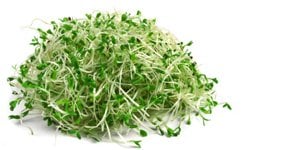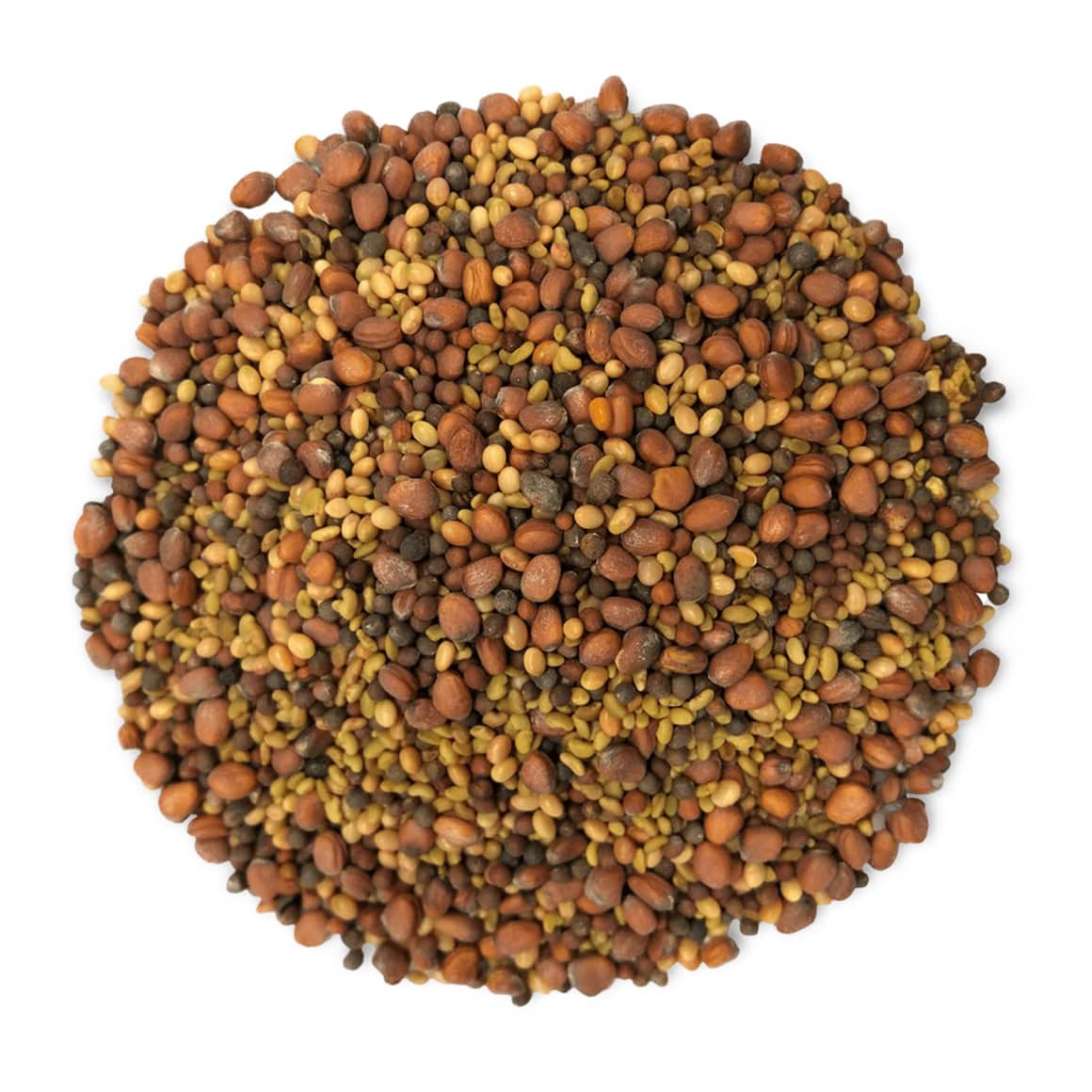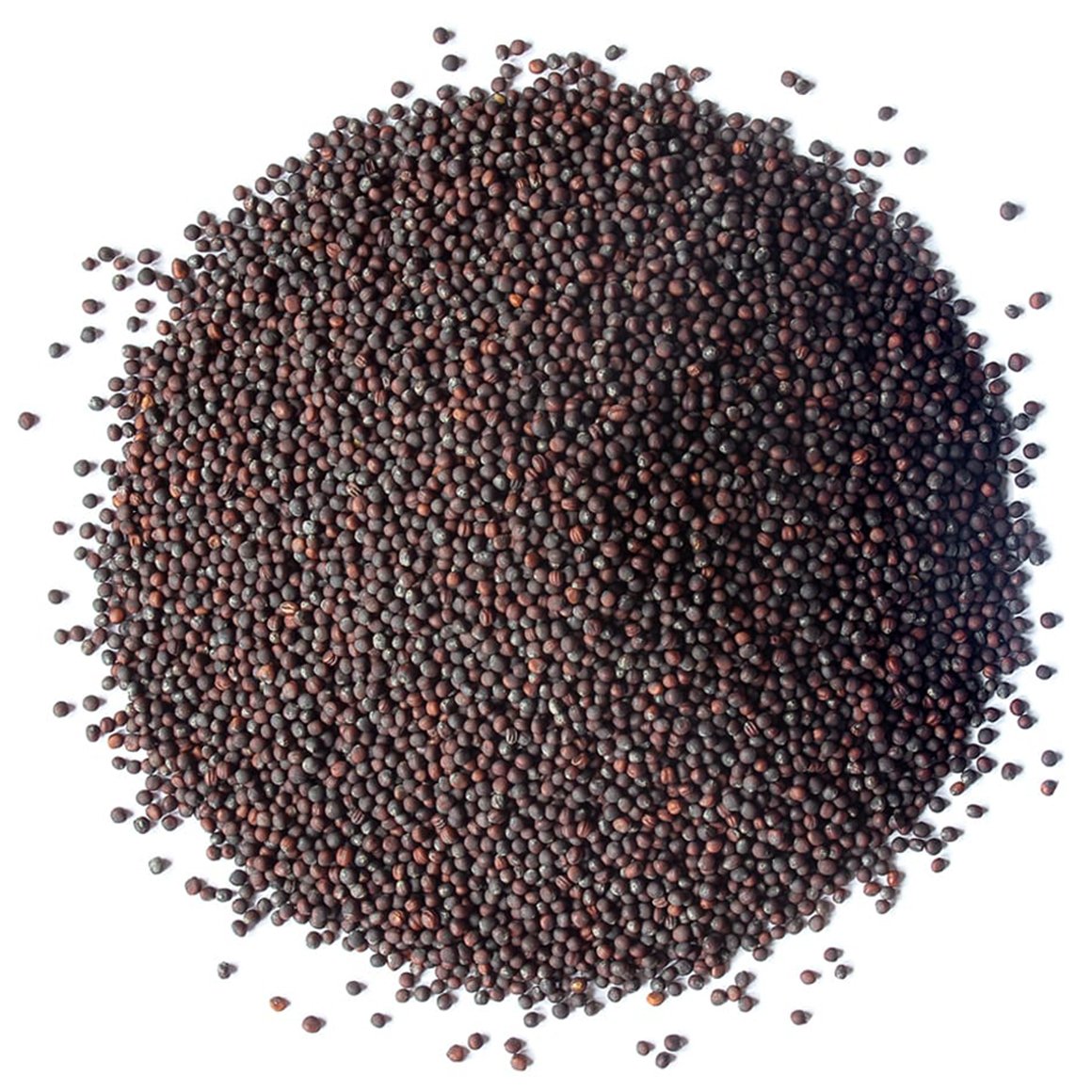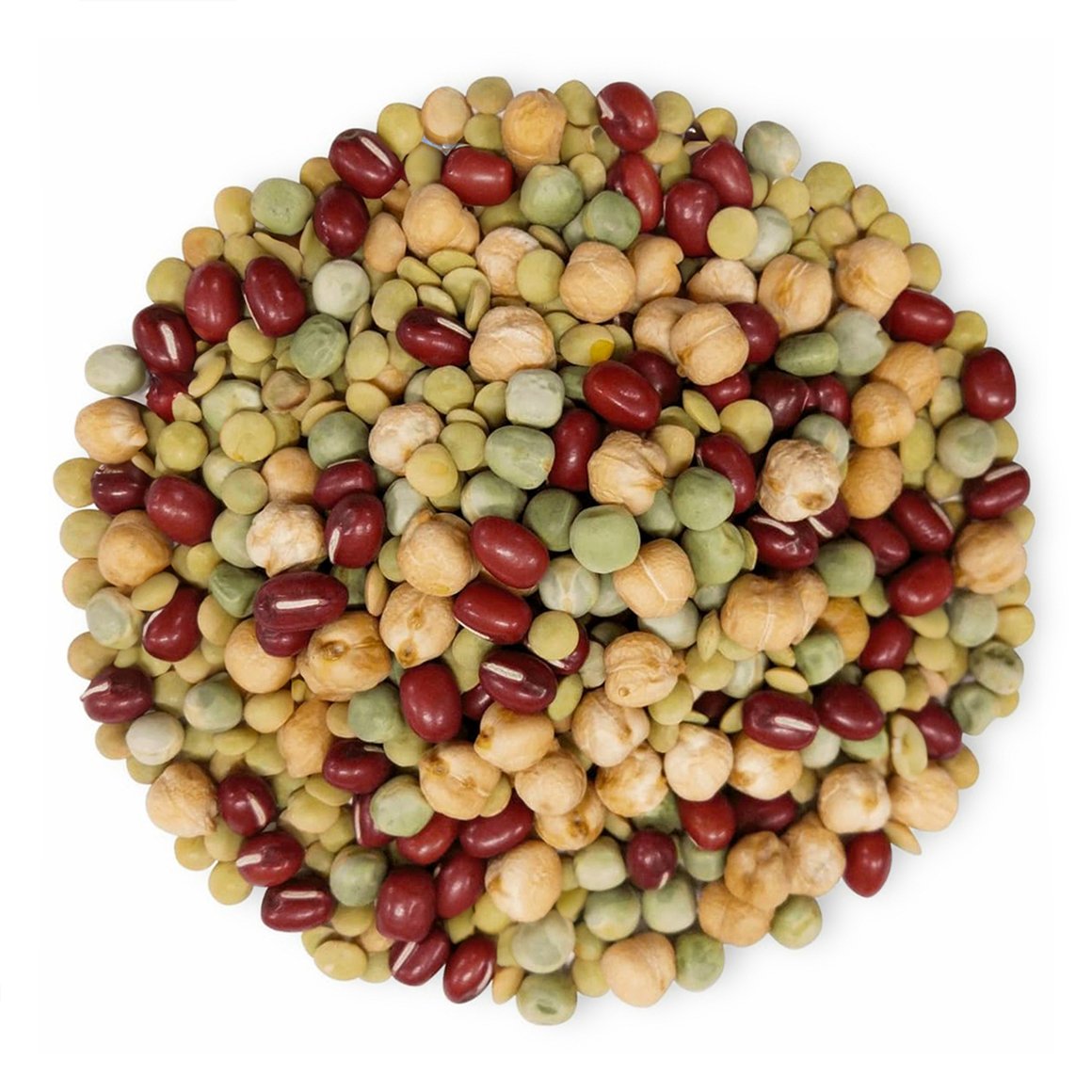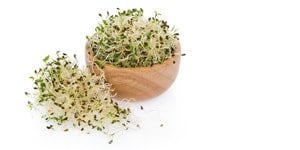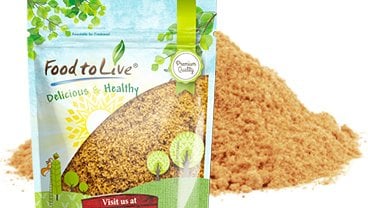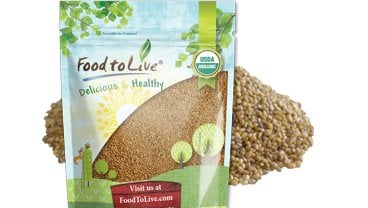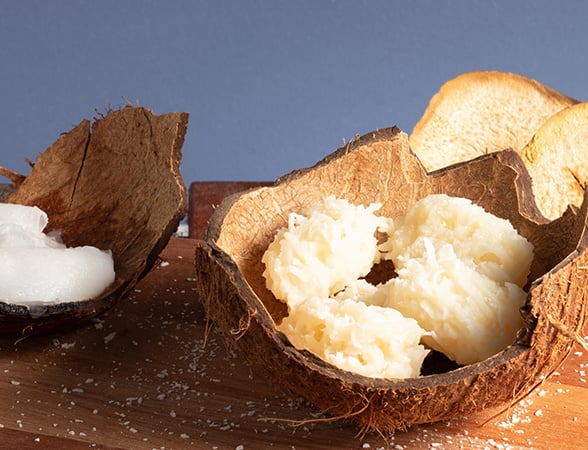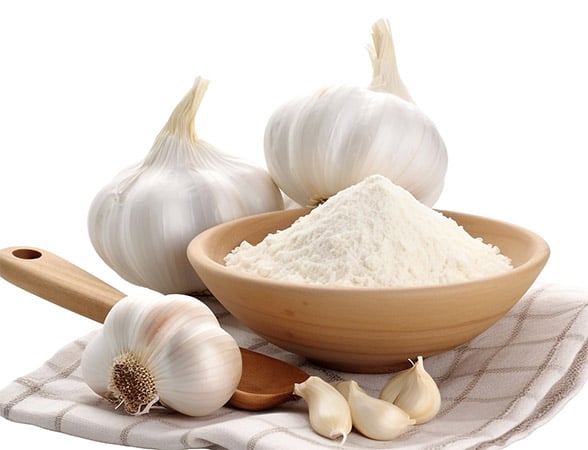January 06, 2016 · Written by Foodtolive Team
Microgreens: Huge Benefits of Tiny Plants
Greens are an irreplaceable element of any healthy diet. Although you are commonly used to eating fully grown foods, there are other options that can be even more useful and. However, microgreens deserve special attention for they are not only a beautiful natural garnish to any dish but also a source of healthy nutrients and elements, which makes them a valuable product in its own right.
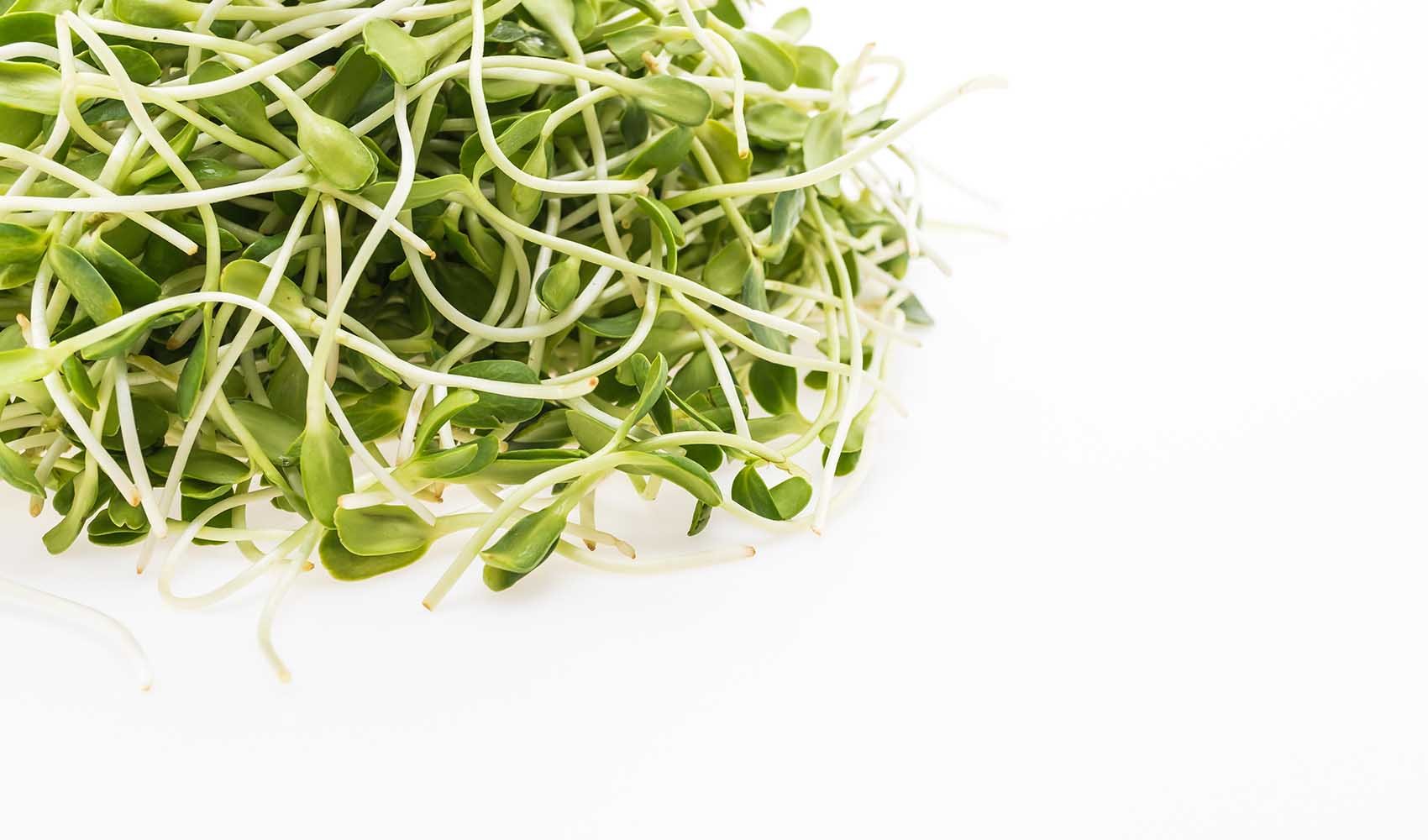
What Are Microgreens
These babies should not be confused with sprouts; the latter are greens that can be consumed whole, together with roots and stems, while the former are edible only as stem and leaves. To be more exact, only certain leaves may form a microgreen, which are the cotyledon leaves and the first couple of true leaves of a certain plant. They might be tiny, but their role in improving and maintaining good health is definitely huge. Numerous studies have proven the numerous benefits of this natural product: it may be from four to the astonishing fourty times more beneficial than fully grown products, so it is high time that you introduced this ingredient into your daily diet.
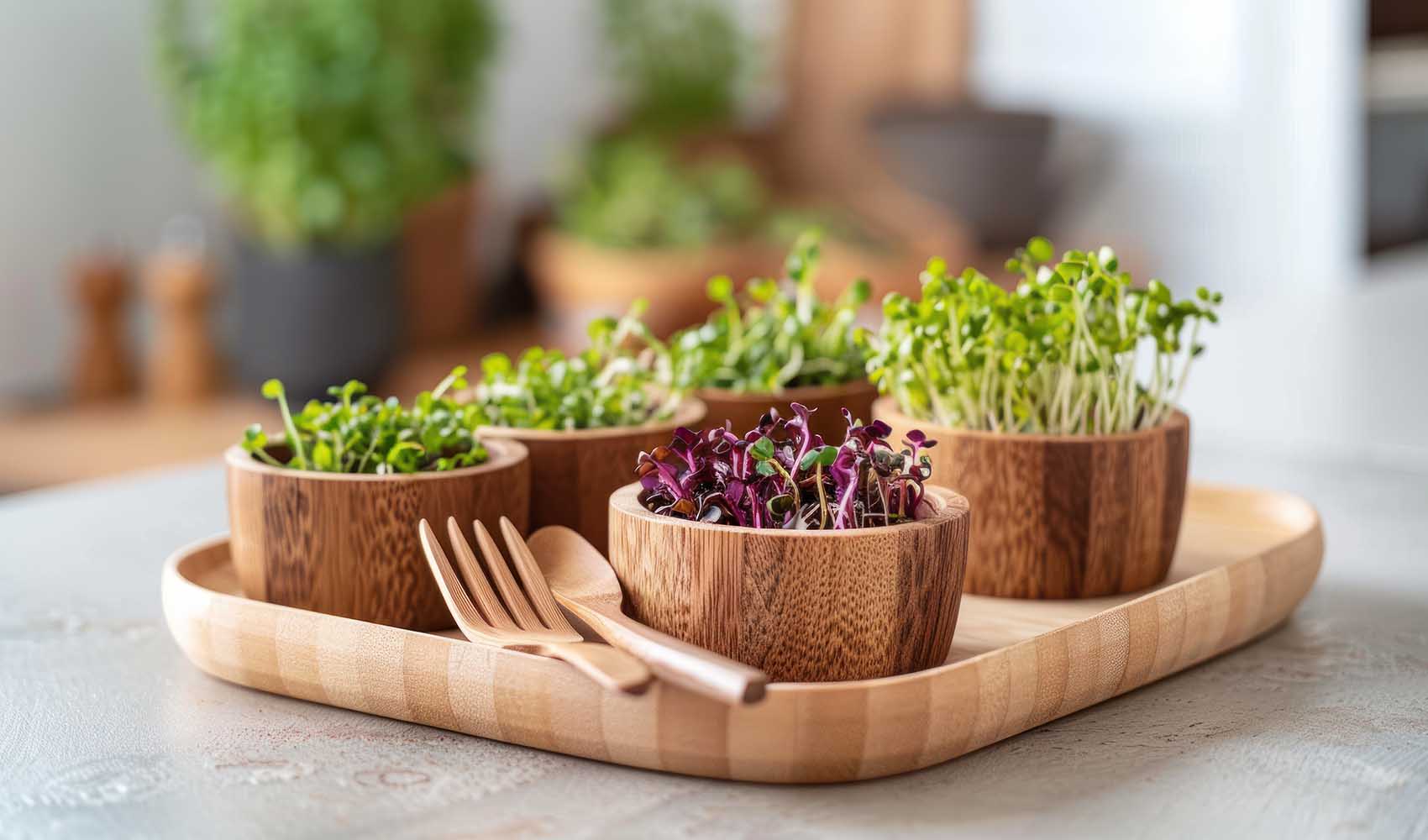
Health Benefits of Microgreens
- Red cabbage microgreens provide four times more vitamin C than the grown vegetable, 40 times more vitamin E, and 69 times more vitamin K. Garnet amaranth has proven to be the richest source of vitamin E among these greens. Green daikon radish is the richest in vitamin K1.
- Nutrients and minerals.
Cilantro sprouts are rich in carotenoids, lutein, and violaxanthin, and they contain 3 times more beta-carotene than the grown plant. Sunflower greens provide you with lots of protein. - If picked at the right time – usually around seven days after germination – microgreens provide the most efficient antioxidant effect. Besides, the high concentration of phenolic compounds also promotes this beneficial impact of the product.
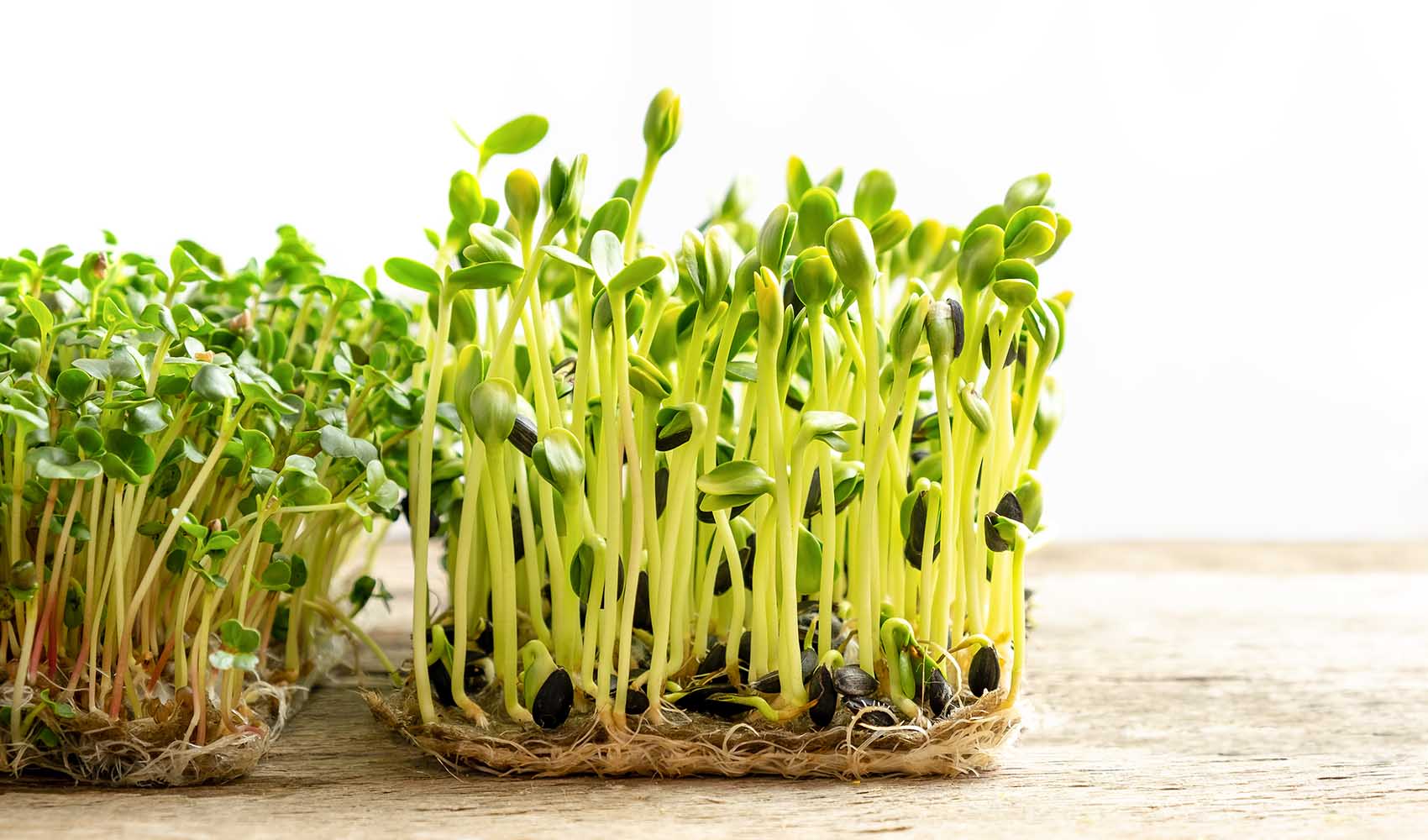
Which Microgreens Are the Best?
They may be of various kinds, from herbs and vegetables to certain flowers. The most popular are cauliflower, broccoli, and cabbage greens, as well as mustard, sunflower, and chia. Since microgreens are the most delicious and beneficial when they are freshly cut, you may decide to grow them on your own. And you will be surprised by how easy it is to start enjoying microgreen’s benefits, for you may easily grow your own garden in your kitchen, on the terrace, or even right on your windowsill.
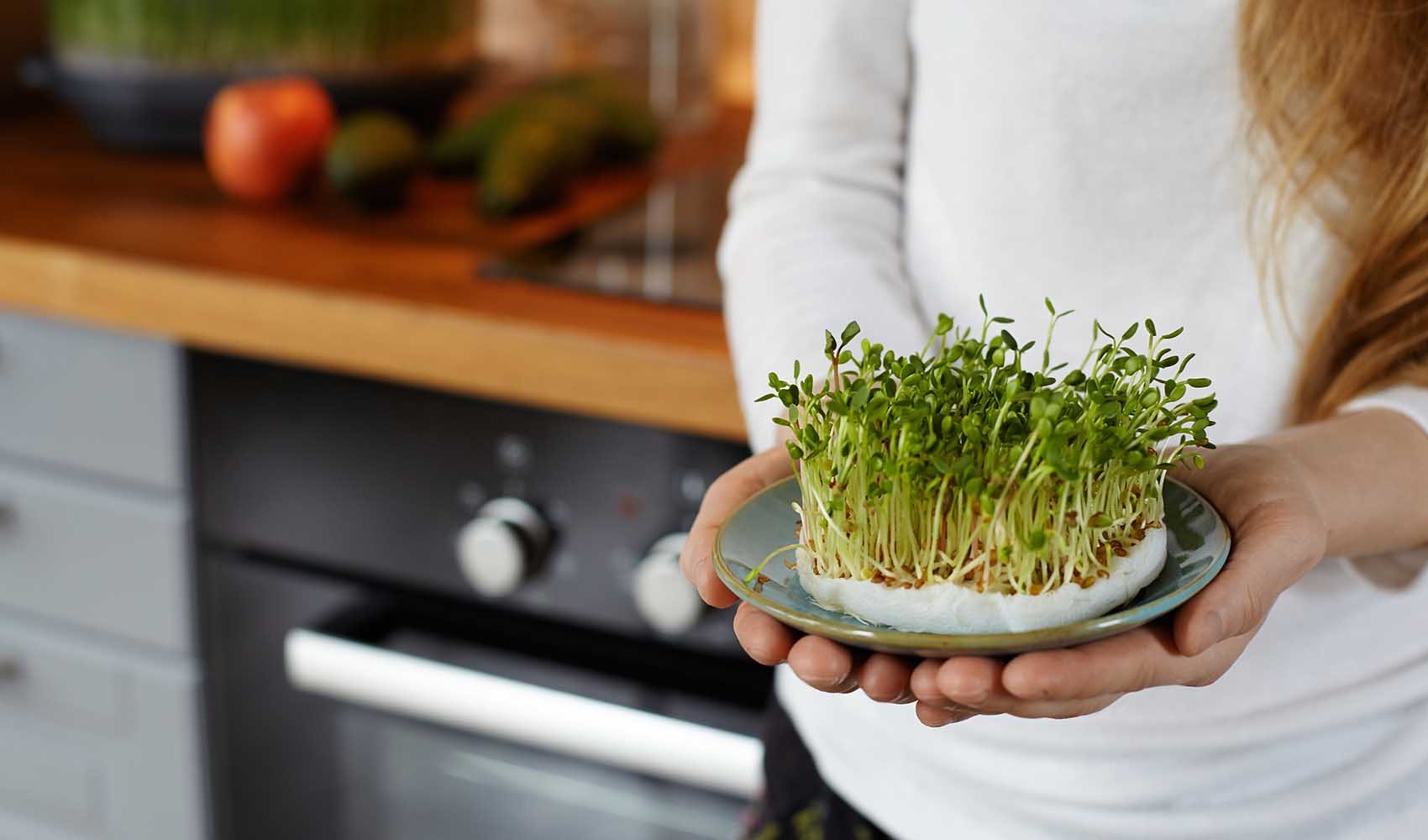
How to Grow Microgreens
First of all, check the package from the seeds you have chosen to plant for any special recommendations or requirements, and follow them if there are any. Anyway, here are some general steps you should take to grow microgreens:
- Take a clean plastic container for this purpose and make holes in the bottom to provide proper drainage.
- Cover the bottom with moisturized soil or potting mix, putting one or two inches of it.
- Even out the surface, making sure that you do not press the soil too hard.
- Spread your seeds all over the soil and press them gently with your fingers or a piece of cardboard.
- Cover the seeds with another, thinner layer of soil.
- Dampen the surface with a mister.
- Cover your container with a lid or plastic wrap.
- Place your improvised orchard in a sunny spot and use a mister once twice a day until the seeds sprout, which may take from three to seven days.
NOTE: be careful when moisturizing the soil, for it should be moist, but not completely wet. - After the sprouts have shown, you should take off the lid or the wrap and continue misting the container daily.
Light is a crucial element in this process, and if your sprouts end up long and pale, it means that they do not get enough sunlight and will lack the benefits they might provide if grown correctly. Microgreens require about four hours of sunlight during warm seasons, and more during winter.
How to Know When Microgreens Are Ready
Usually the greens are ready for harvesting after two or three weeks after planting. Before “mowing” them check the sprouts for “true leaves”, and if you see them, you can cut the plants with your scissors right above the soil line.
How to Eat Microgreens
As has already been mentioned, it’s better to eat microgreens once you just cut them. You may put all of your imagination to it, and use them as garnish to your main dishes, eat them fresh in salads or sandwiches, or cooked in soups and other meals. The leaves will provide your dishes with fresh and rich flavors. Make sure to properly wash and dry the sprouts before eating them.
Microgreens can add a new flavor to your cooking routine in many ways, some of them – rather unexpected. For example, children are known for their eternal feud with vegetables and eating them. However, microgreens can become a fascinating game that can be played even if you do not have a full-size garden in your backyard. If your kids take part in growing the tiny sprouts, they may grow excited about trying out the results of their hard work, thus consuming the much-needed vitamins and nutrients. Besides, taking care of the mini-orchard may become a rather useful hobby for adults with green fingers as well. Basically, you will not find a single reason not to start growing these delicious and healthy tiny sprouts straight away, for they are one of the many ways towards a healthier and more joyful life.

